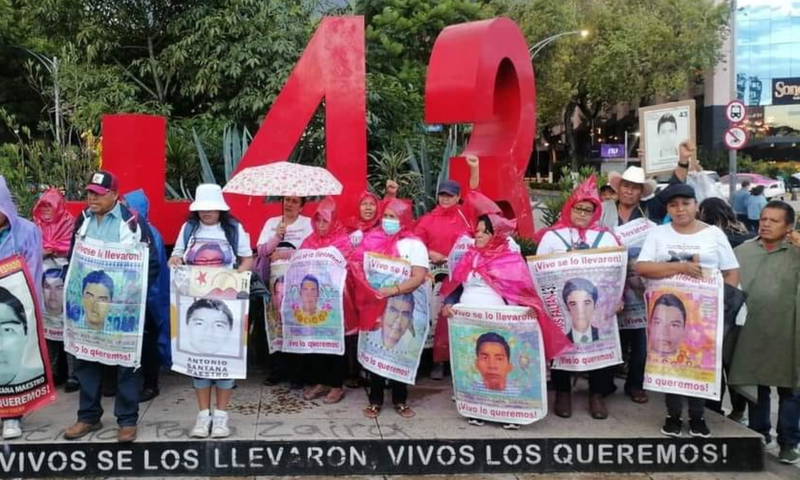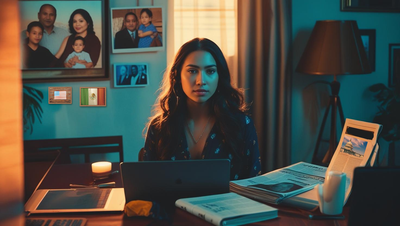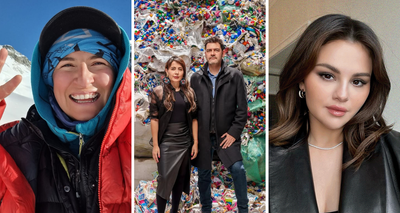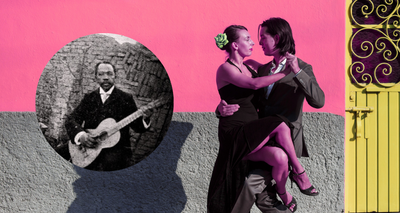On September 26, 2014, state military forces, in collusion with Mexican organized crime/cartel groups fired shots at a caravan of buses carrying Ayotzinapa students, the all-male group were training to be teachers one day and on their way back from a protest in a neighboring town. While the true motive is unknown for the violence, during the chaos dozens of students were killed and a disappearance of 43 students occurred. Over the years in early investigations, bone fragments and charred remains of what is believed to be a few of the students were discovered. In 2022, Mexican authorities arrested former Attorney General Jesús Murillo Karam for his failure to conduct a thorough investigation, and multiple officials were arrested and a few released. Ever since, it is believed that investigations have not produced the ‘historical truth’ and evidence of deaths, the parents still have many questions of their children and continue to seek justice. This tragedy and poor investigation have impacted not only the national Mexican community but crossed international borders putting awareness of the ‘missing 43’ on the radar of Mexican north Americans and global allies in solidarity.
On an International Women’s Day, the mothers of the forty-three missing students marched down the street in demonstration, carrying pictures of their children and singing the following song:
¡El color de la sangre jamás se olvida! ¡Los masacrados serán vengados! ¿Y quién los vengará? ¡El pueblo mexicano! ¿Y cómo? ¡Luchando!
(“The color of blood is never forgotten! The massacred will be avenged! And who will avenge them? The Mexican people! And how? Fighting!”)
Ten years later, the victims’ families are still in the dark and no justice has been served for those responsible. This traumatic state crime has shaken the Mexican people to its core and to this day remains as Mexico’s largest mass disappearance in modern Mexican history. Giving remembrance to the tragedy, HBO released on September 5 Los 43 de Ayotzinapa: un crimen de Estado (“The 43 from Ayotzinapa: A Crime of State,”) a five-episode documentary miniseries telling the story with exclusive content and interviews.
The Ayotzinapa 43: The Mothers’ Painful Testimonies
Cristina Bautista Salvador
As the mother of Benjamín Asencio Bautista, one of the students who disappeared, Cristina became a strong spokesperson for the rest of the family members of the 43. She was born and raised in Alpuyecancingo, one of the Mexican communities with the highest levels of poverty.
Two days after the Ayotzinapa case, Benjamín’s uncle told her that a newspaper was reporting that students had gone missing after a confrontation with the police. After seeing her son’s name, Cristina traveled three and a half hours from her home to Ayotzinapa. The school gave parents some floor mats for them to sleep on, she spent 19 months living there and 5 different houses near the location after that.
“I knew that if Benjamín ever came back, he would come here,” she said in an interview with El País México.
Since Nahuatl is her mother tongue, she doesn’t fully understand the legal terms and the information published in Spanish. But despite many obstacles and sleepless nights, Cristina never loses hope. “Our struggle did not end yesterday or today, it will continue, as mothers and fathers we have to continue searching for our children because we love them, we miss them and we cannot forget them even though we have completed ten years of suffering, of struggle, far from our families, from everything,” Cristina said in an interview with Los Mundos Posibles, a radio show from Radio Futura.
Hilda Legideño Vargas
Six years after her son Jorge’s disappearance, Hilda Legideño was browsing Facebook until she came across a homeless shelter that shared pictures of people without a home so family members would recognize them. She kept staring at a photo of a young man sleeping on a street in Mexicali, Baja California. His face was covered by his jacket but his mouth reminded her of her son’s.
After many calls, she managed to get on a plane in Mexico City and landed in Baja California, where the homeless shelter staff told her that they didn’t really know much about the young man from the picture apparently, he cleaned cars between Tijuana and Mexicali. Picture in hand, Hilda started walking along the Mexican border and talking to locals.
“He is my son, he is a student in Guerrero, he is one of those who have disappeared, I told them,” she said in tears during an interview with El País México.
Finally, at another shelter in Tijuana, someone showed her a video of the young car washer, he wasn’t her son after all, so she went back to Mexico City. Despite getting steered in wrong directions and the disappointment that comes with the leads, Hilda stays strong.
Over the years, Hilda received leads and tips, “I always think they don’t know how it feels, because they don't have a missing person. They have told us everything but as a mother, you are not going to fail your son. If they are so sure they are dead, let them prove it to us. Imagine if we settled with that version of the story when they told us that our children were in the river,” Hilda told El País México.
The ‘Azotzinapa 43’ is the most high-profile case of missing and murdered people in modern Mexico next to the femicide crimes in ciudad Juárez which occurred in the 1990s. Citizen efforts in Mexico combined with international pressure have helped shine a spotlight on these tragedies unfortunately rooted in organized cartel and government corruption. Remember the 43 names of the missing students so their case lives on till justice is finally made.






